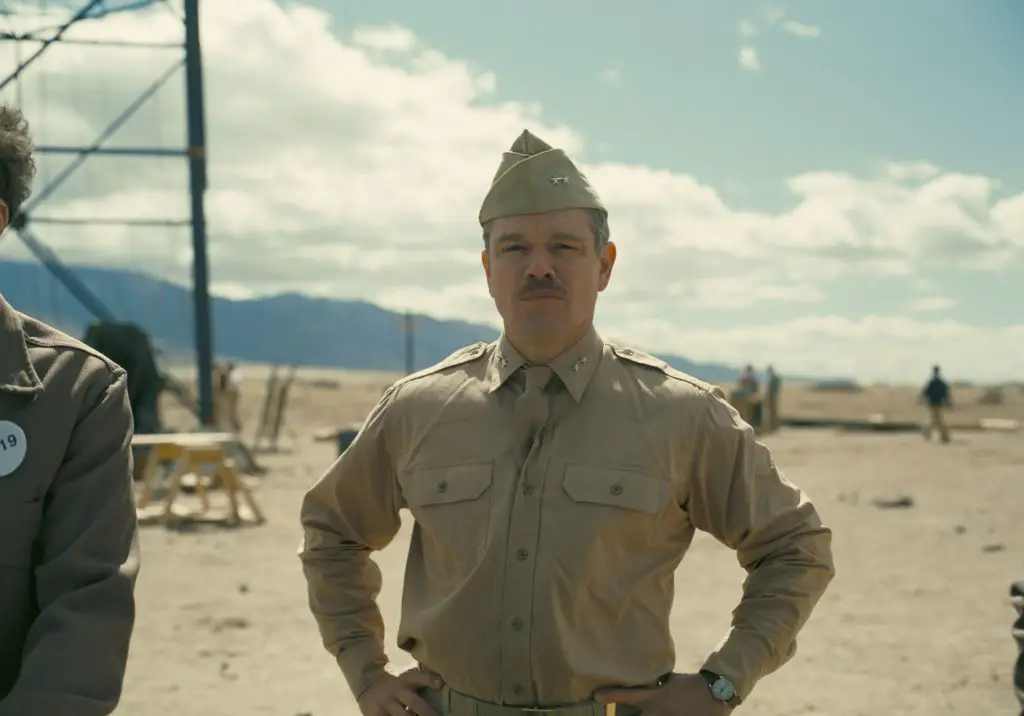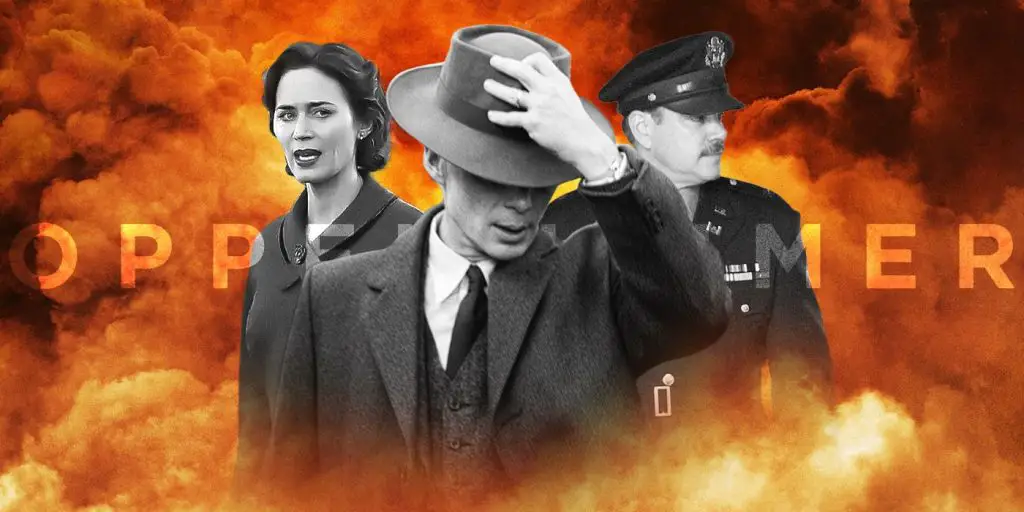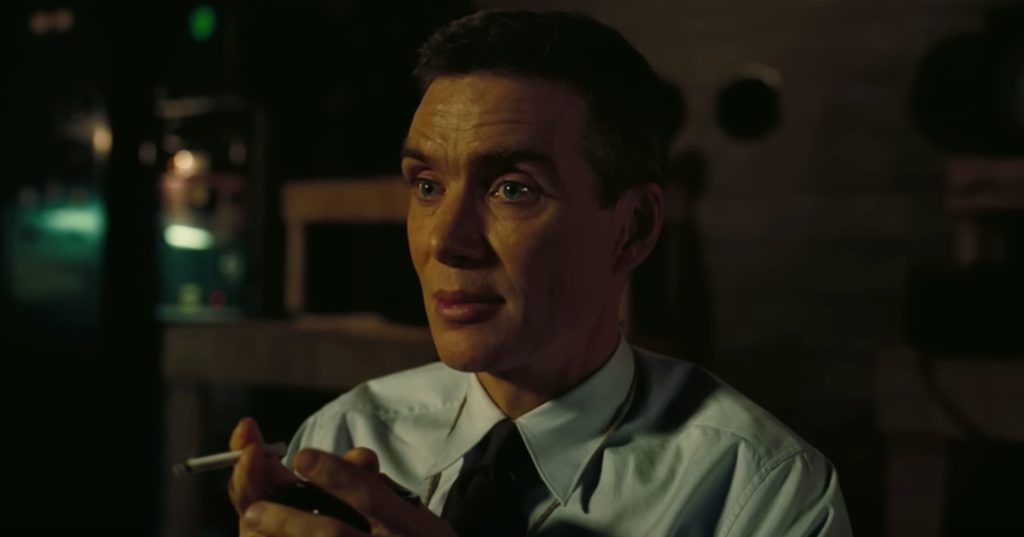As the release date of Christopher Nolan’s highly-anticipated film, “Oppenheimer,” approaches, the intrigue surrounding its titular character, J. Robert Oppenheimer, reaches a crescendo. Cillian Murphy, renowned for his nuanced performances, is set to play the scientist, further fanning the flames of excitement. While many might be familiar with the character from Nolan’s adaptation based on the book “American Prometheus: The Triumph and Tragedy of J. Robert Oppenheimer,” delving into Oppenheimer’s actual life offers even richer textures.
The Early Days of a Genius

J. Robert Oppenheimer, born in 1904 in New York City, hailed from a family intertwined with the Ethical Culture Society—a derivative of American Reform Judaism, staunchly advocating for humanism and societal justice. Despite this nurturing environment, Oppenheimer’s recollections of his early life were tinged with melancholy, hinting at a childhood ill-equipped for the world’s harsh realities.
Education paved a vital trajectory for him. After being recognized as a valedictorian in high school, his academic journey spanned esteemed institutions like Harvard, the University of Cambridge, and the University of Göttingen. Furthermore, Oppenheimer’s association with several key European research centers cemented his reputation in the scientific community. On his return to America, he began imparting knowledge at UC Berkeley and Caltech. His lectures weren’t just informational—they were transformative, prompting students to dive deep into scientific ponderings.
Oppenheimer and World War II: The Atomic Ambitions

Even before the cataclysm of World War II officially engulfed the U.S., Berkeley’s Radiation Lab was already entrenched in pioneering work. Their mission? Developing an atomic bomb. Under Oppenheimer’s keen oversight, critical advancements, especially concerning neutron calculations, were achieved.
1942 was a watershed moment. The Manhattan Project, a clandestine government initiative to create an atomic bomb, beckoned Oppenheimer. General Leslie Groves played a pivotal role in this induction. And so, Oppenheimer’s journey with one of history’s most momentous projects began.
As scientific director of the Manhattan Project, Oppenheimer faced challenges not just of a scientific nature but logistical too. Laboratories, spread across multiple locations, were working in silos. This scattered approach necessitated a centralized hub—leading to the selection of Los Alamos in New Mexico. The establishment at Los Alamos wasn’t solely a military venture. Thanks to Oppenheimer’s foresight, the locale retained a civilian essence, crucial in attracting luminaries like Enrico Fermi and Isidor Rabi.
Unveiling the Manhattan Project

The code name “Manhattan Project” veiled a mission of unparalleled consequence—the creation of an atomic bomb. The urgency of this project was heightened by Nazi Germany’s advancements in atomic research. The United States, having consolidated their research at Los Alamos by 1942, witnessed a historic milestone when Enrico Fermi’s team achieved a self-sustaining nuclear chain reaction at The University of Chicago.
The Atomic Culmination and Beyond

The world held its breath on July 16th, 1945. Los Alamos was on the brink of unveiling “the Gadget”—a plutonium bomb prototype. The test, dubbed the Trinity Test, was successful, ushering the world into the atomic age. Oppenheimer’s emotional turmoil was palpable, referencing the Bhagavad-Gita with the chilling words: “Now I am become Death, the destroyer of worlds.”
The aftermath was swift and devastating. Hiroshima and Nagasaki bore the brunt of “Little Boy” and “Fat Man”—uranium and plutonium bombs, respectively. With Japan’s surrender, World War II reached its grim conclusion, leaving Oppenheimer with a legacy bathed in triumph and tragedy.
Post-war Years: Triumph, Turmoil, and Tributes

The cessation of hostilities didn’t signify the end of atomic pursuits. The U.S., wary of the Soviet Union’s ambitions, launched the Atomic Energy Commission (AEC). Oppenheimer’s expertise was again tapped, culminating in his chairing the AEC’s General Advisory Committee. However, his tenure was marred by political intrigues during the “Red Scare” era, resulting in a revocation of his security clearance.
Years later, in 2022, a symbolic gesture by the Department of Energy sought to address past wrongs, acknowledging that the removal of Oppenheimer’s security clearance was politically motivated rather than rooted in genuine security concerns.
Conclusion

The narrative of J. Robert Oppenheimer is one of brilliance, ambition, and introspection. As audiences prepare to witness Nolan’s cinematic rendition, a deep dive into the scientist’s life reveals a tale more intricate and poignant than fiction. A tale of a genius caught amidst the tumults of war, ethics, and power. A tale that reminds us of the fine line between Prometheus’s gift and Pandora’s box.


